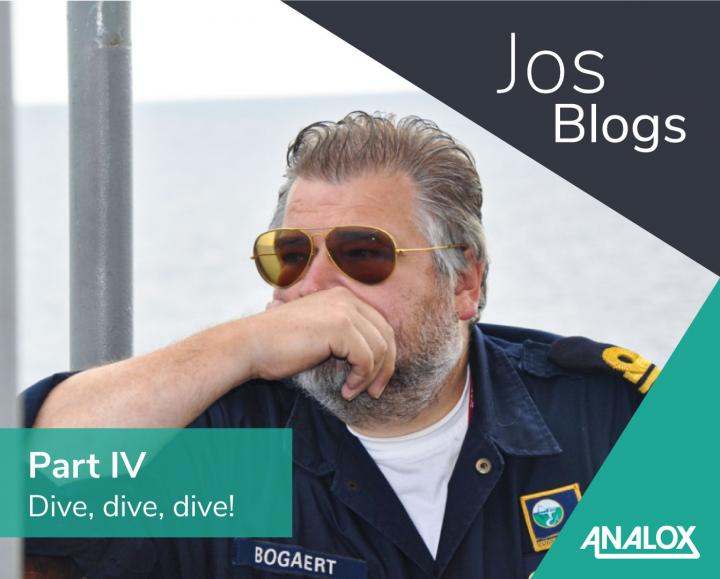PART V
EXERCISE ‘INTERCEPT THE CARRIER BATTLE GROUP’
When the boat was trimmed and all compartments reported as having no problems, the diving officer handed control over to the Captain.
The Captain gave the helmsman a course to steer and engines slow ahead. Because it was the first time being underwater in a while, the Captain wanted to take the boat to max diving depth in steps of 50 meters to make sure there were no hidden problems and that everything was working as it should be.
After reaching the maximum diving depth, and all checks carried out without any problems, the Captain wanted to return to periscope depth. At periscope depth he managed to have a good look around but saw no ships. He raised the radio mast so the wireless operators could download the last messages from HQ and more information about the exercise the boat was to take part in. The exercise was to intercept the carrier battle group.
The carrier battle group (CBG) consisted of an aircraft carrier, a tanker and six destroyers to protect the group and maybe a submarine. After intercepting the group, the submarine had to gather as much information about the carrier battle group as they could, and if possible carry out a survey on the bottom of the aircraft carrier. They needed to do all of this without being detected.
The Captain held a meeting in the control room to share his plan with all the operators. He was expecting the CBG from the West, so he wanted to approach them from behind. If there was a submarine it would be possible for it to be in front of the CBG listening for other submarines and surface ships. The attack plan was made , a course and a depth was set and the game of cat and mouse had started.
The boat settled in a patrol routine, keeping the level of noise inside as low as possible so as not to give away their position to the CBG or the submarine. Sonar operators were on high alert and were informed to report any strange noise they picked up. The Captain made his rounds through the boat to have a chat with the crew on duty and tell them of his intentions but also explaining to keep noise levels down and only do maintenance if it was absolutely necessary and not make any noise doing it.
The boat settled in a silent routine. Crew who were not on duty were in their bunks resting and waiting for things to happen. When they found the CBG everybody would be on duty in the control room to assist with the attack, man the torpedo tubes or with the damage control parties. Every crew member had his own station and the best operators would man their station according to their profession. But everybody knew it could be days before they found anything and it was necessary for everybody to keep motivated and not lose attention. Even the smallest mistake could give away their position or miss the CBG. But that was life on a submarine hunting for prey.
If you missed part IV, check it out below:

To see the next instalment, have a look here:
